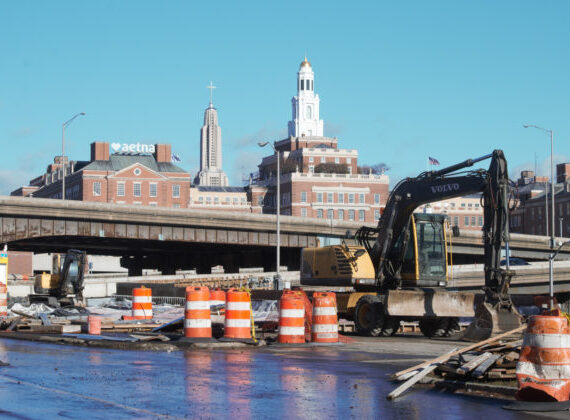Much of the school superintendent’s transition report is predictable, as its framework had been provided to the public in June. Since coming to Hartford, the new superintendent gathered input from meetings, focus groups involving 700 participants, and surveys completed by 1000 community stakeholders.
What is surprising about the report is not the content in itself but that what has been common knowledge — problems that have persisted for years — is acknowledged in writing by the new superintendent:
- “Portfolio Strategy” used for most of the last decade has serious flaws, including that “schools were created with agreed-upon design specifications, but in several instances, core specifications have not been realized. Sometimes this appears to be due to limited resources, and on other occasions, this seems to be the result of ambiguity around what a redesigned school can expect from the district” (11).
- Schools deemed to be high-performing are said to contribute to inconsistencies in curriculum: “Curriculum across schools lacks consistency and significantly more curriculum work is needed at all levels. Decision-making autonomy for high-performing schools has also led to more curriculum inconsistencies across schools” (8).
- The Open Choice system, as it exists, contains inequity: “Not all students have equal opportunities to attend high-performing schools. There are systemic constraints that tend to heighten the barriers to equity and access in the Choice process, including the need to complete two applications in order to access all options; many theme-based options offered in magnets and fewer themed options in the neighborhood schools; and the availability of seats during and after the lottery process” (12).
- Hartford does not take care of its toys well: “Generally, there was agreement that the work of maintaining the buildings had not kept pace with the renovations, and that in many cases buildings that had been renovated in the past now had significant needs. There was also recognition that the support infrastructure (two district plumber; four district painters, for example) was clearly insufficient to keep pace for the demand for repairs” (18).
- Politics appear to have determined which schools have had construction: “There were also questions about the rationale for decisions about which buildings to renovate or repair, and the equity implications for particular neighborhoods and type of schools. Stakeholders described a process of selecting schools for renovation that departed from criteria driven recommendations originally made by the facilities planners, leading to a perception of political decision-making, rather that principled decision-making. That narrative feeds a tale of “Two Hartfords” that resonates across several areas of inquiry (such as budgeting, the distribution of certain types of students, and the dynamics of choice)” (18).
- Neighborhood vs. school “choice” is divisive (21)
Superintendent Schiavino-Narvaez’s recommendations include simplifying the lottery process (25), reorganizing the Central Office (20), and considering closing or consolidating under-utilized schools (30).
The full report follows:

